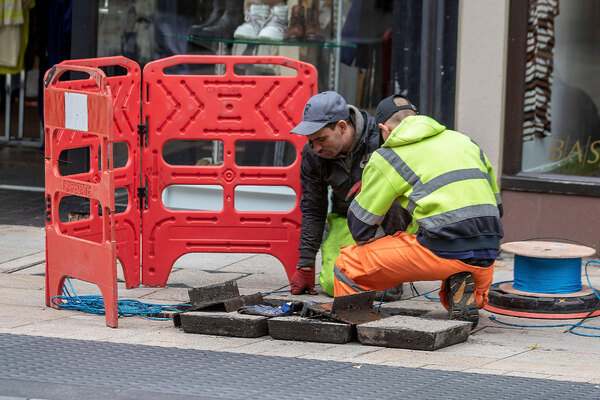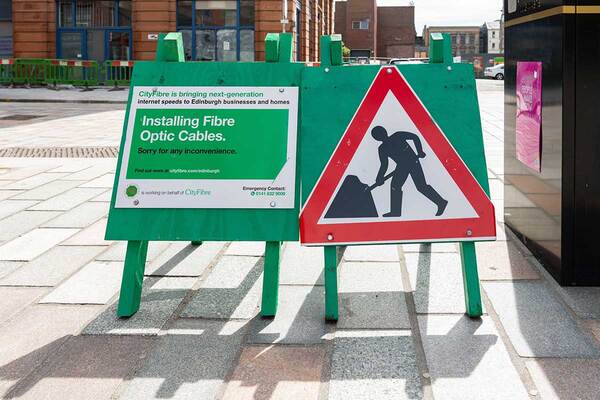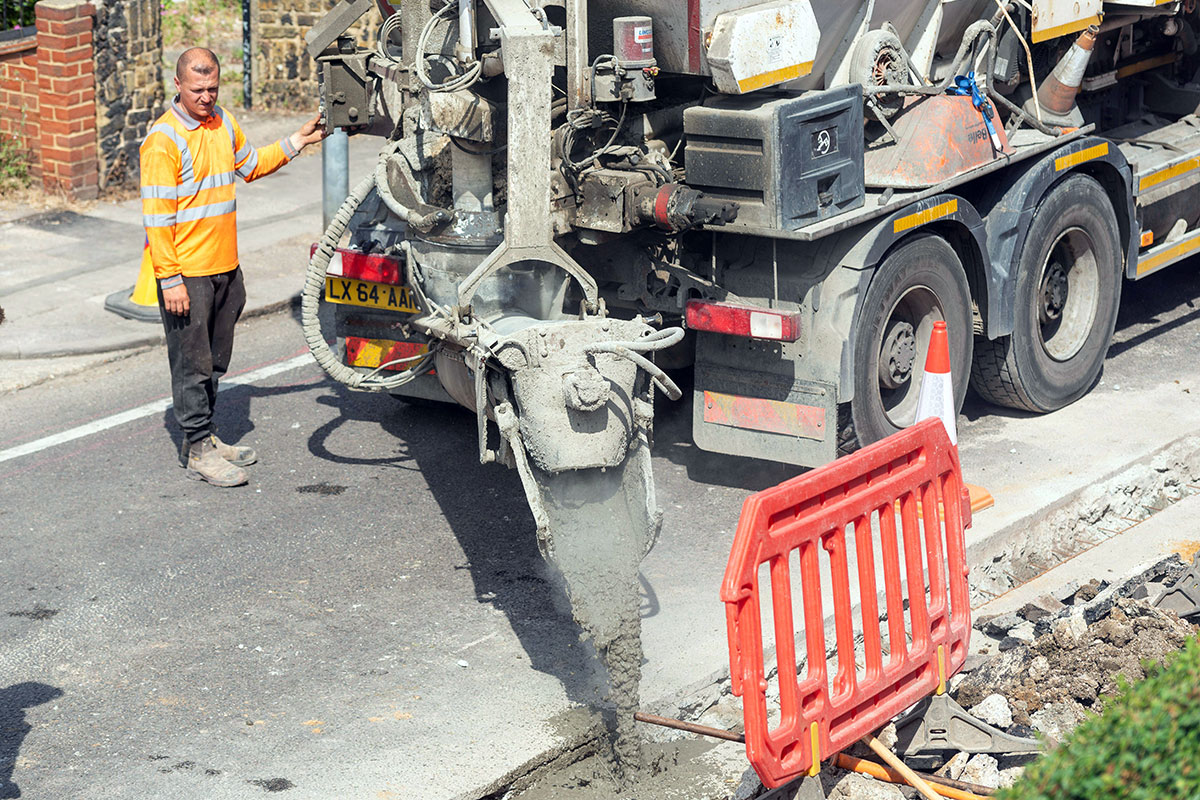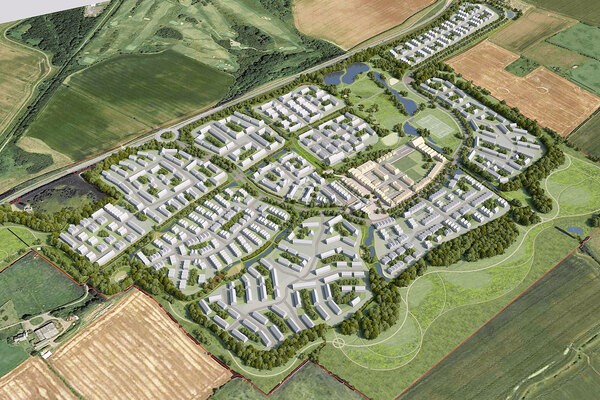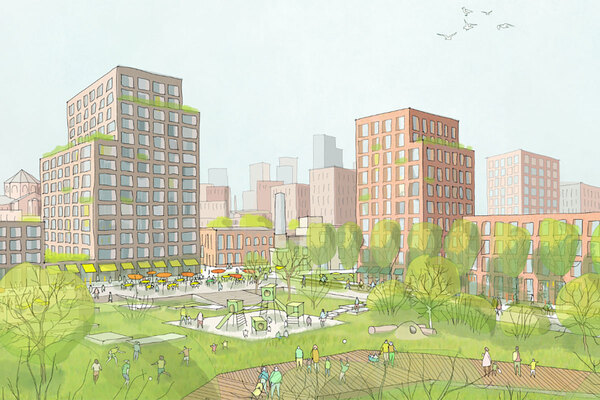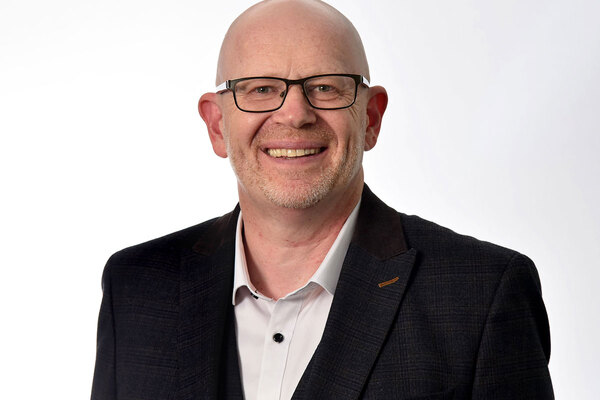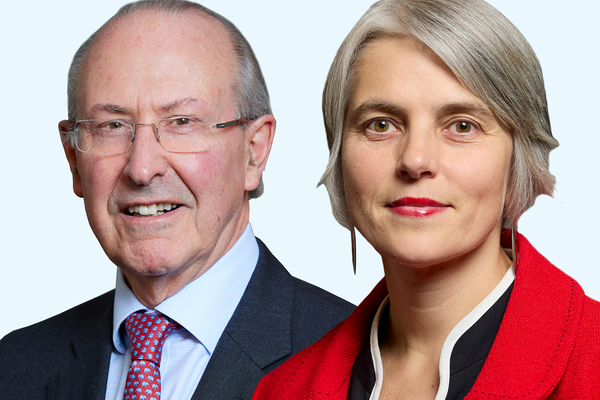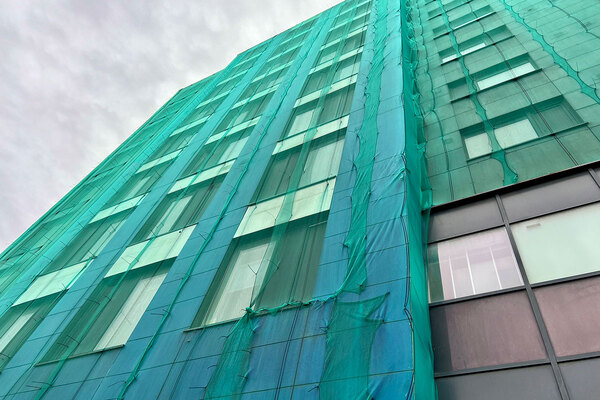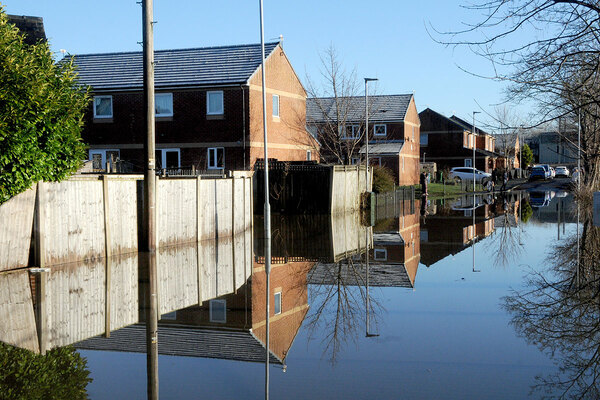Will the sector have full-fibre broadband installed by 2030?
Government wants full fibre to be nationwide by 2030. But where do social landlords rank this issue in their order of priorities? A survey by Inside Housing, in association with CityFibre, looked to find out
In association with:

Like many pledges in the past couple of years, the government’s commitments around full-fibre broadband have been a moveable feast.
The 2019 Conservative election manifesto vowed to bring full-fibre broadband to every home and business by 2025. By 2020, however, that target had been revised to a minimum of 85% of premises by 2025.
Then in February this year, a new target was set. The government’s Levelling Up White Paper said it wanted to make full fibre nationwide by 2030.
It remains very much a live issue as new prime minister Rishi Sunak was pushed to give an update on the government’s Project Gigabit in only his second Prime Minister’s Questions since taking over from Liz Truss.
As with many things, the pandemic has taken its toll on the government’s ambitions in this area. But as MPs on the Public Accounts Committee argued in January this year, there is little evidence that the so-called ‘digital divide’ across the UK is being properly tackled.
So where do social landlords fit into this equation? Clearly they have a significant role to play in tackling this issue. But with so many other competing priorities facing the sector, where does full fibre fit in?
To find out more, Inside Housing conducted a survey among social landlords, in association with full-fibre network operator CityFibre. A similar survey was carried out last year, with this year’s intention to see what progress has been made.
Little change since pandemic
Broadly, the survey – which had 72 respondents – showed that the pandemic has had little impact on the sector’s attitude and adoption of full-fibre broadband.
Despite the pandemic increasing the need for more reliable internet connections in the home, it appears other sector challenges are getting in the way.
Only 7% of housing associations and councils responding saw supporting residents to have full fibre as a ‘high priority’ in their organisation. That compared to around 20% last year. However, that is not to say it is not viewed as important.
In the latest survey, 54% said it was seen as ‘one among many priorities’. With many social housing landlords still dealing with the post-Grenfell building safety crisis, figuring out a decarbonisation strategy and dealing with rising costs, alongside the very real prospect of a tight rent cap, it is understandable that the issue is getting lost. Nearly a third of survey respondents said it is ‘not seen as much of a priority’, while 8% said it is ‘not seen as a priority at all’.
Asked whether the priority level has changed over the course of the pandemic, a slight majority (51%) said there had been no change. However, 47% did say it had become ‘more of a priority’ as COVID-19 took hold in March 2020. These figures broadly mirrored last year’s results.
In terms of the reason for landlords wanting tenants to have full-fibre access, the results are interesting.
The highest proportion (39%) said it was to allow their tenants to engage with them digitally. This may have something to do with the government’s efforts to improve the experience of tenants as part of post-Grenfell measures.
The Regulator of Social Housing will be responsible for new tenant satisfaction measures, which will mean landlords having to prove residents are happy with their service. Being able to capture this information digitally would help the process.
Just over a quarter responding said the reason was to support improved employment opportunities for residents. And 10% said it would support improved education opportunities.
One respondent simply said that full-fibre broadband “is now seen as an integral part of life”.
In numbers
7%
Respondents who saw supporting residents to have full fibre as a ‘high priority’ for their organisation
51%
Those who stated there had been no change in priority level since the pandemic
39%
Proportion who cited wanting tenants to engage with them digitally
as the main reason for having full fibre
42%
Percentage not familiar with wayleave agreements
Sanjay Sudra, head of wayleaves at CityFibre, says: “These results indicate that landlords have a lot on their plate, and it’s understandable that installing fibre networks may be seen as another addition to an already long list of priorities.”
But he adds: “Reliable broadband could help to maximise access to switching services for better utility deals, as well as other services including tenant portals and public service systems, such as those provided by the Department for Work and Pensions and local councils.”
Elsewhere, the survey showed that when it comes to wayleave agreements, there is still a significant level of ignorance in the sector. The agreements allow suppliers to enter a building and conduct a survey to see what work would be needed to connect buildings to full fibre.
However, 42% said they were not familiar with the process, while a third said they only had a ‘limited understanding’. A quarter, though, said they had a ‘good understanding’ of the process.
Main barriers
One final key question asked what are seen as the main barriers to organisations arranging full-fibre access to their properties.
Circling back to the issue of landlords having other priorities, the largest proportion (46%) said other issues were seen as ‘more pressing’. This was closely followed by 44% who said there were concerns about tying residents into only one internet service provider. These two figures were broadly similar to last year’s results.
One other significant issue, according to this year’s survey, is the fact that residents are unwilling to provide access to their properties for the necessary work. A significant proportion of respondents (35%) said this was a barrier.
Other issues were a ‘lack of internal understanding about the benefits of fast broadband to tenants’ and ‘worries about providing network providers with access to properties’.
Others raised concerns about aesthetics when it comes to installing full fibre.
Michael O’Driscoll, contracts manager (electrical) at Southwark Council, says: “We have to consider the aesthetics of a building when there are several providers wanting to install their services. For our residents, you want to make it as neat and tidy as possible, so it’s a case of making sure you plan it out properly.”
And amid all these concerns, there is at least one significant organisation that is yet to be convinced that full fibre is currently the best way to be addressing inequality in internet access.
Steph Noyce, head of money and digital at Clarion Futures, the charitable foundation of Clarion Housing Group, says: “We do not regard full fibre as a solution to the digital divide – we need to get the basics right first and make sure everyone who wants connectivity is able to afford it.”
